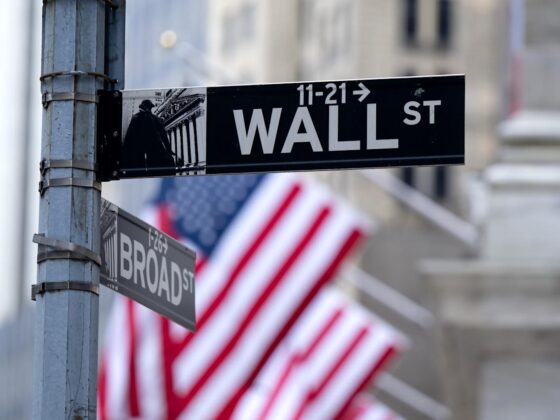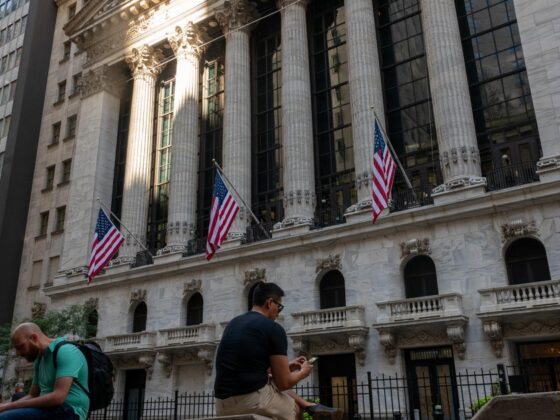Wall Street strategists are sharply recalibrating their economic outlooks after Friday’s July jobs report showed weaker-than-expected hiring and staggering downward revisions to prior months' data, suggesting the labor market may be losing steam at a quicker pace than previously thought.
The US economy added just 73,000 jobs in July, far below the 104,000 expected by economists. But the bigger surprise came from revisions to May and June’s figures, which collectively erased 258,000 jobs. This marked the largest two-month downward revision since May 2020.
Sarah House, senior economist at Wells Fargo, called the July jobs report “a dud” in a client note titled “July and the No Good, Very Bad Jobs Report.”
“The ‘solid’ state of the labor market described by the FOMC earlier this week looks more questionable after the July employment report,” she said, citing broad-based hiring weakness in cyclically sensitive sectors like manufacturing, retail, and professional services.
Despite persistent strength in healthcare hiring, she added, “the pace [of job growth] has lurched lower to just 35K” over the past three months when factoring in revisions.
Steve Sosnik, chief strategist at Interactive Brokers, bluntly told Yahoo Finance that the July numbers were simply “not good. There’s no way to sugarcoat that. The two-month revision is just staggering. It basically wipes out two months of what we thought were healthy job gains.”
Citi economist Veronica Clark agreed, telling Yahoo Finance, “It’s not so much this July number, but the massive downward revisions to the June number that we had last month. …This definitely does look like a labor market that is weakening.”
Meanwhile, Heather Long, chief economist at Navy Federal Credit Union, called the report a “gamechanger” in a post on X, echoing others in saying “the labor market now looks a lot weaker than expected.”
The unemployment rate ticked up to 4.2% in July, in line with expectations and still near historic lows. But as Clark pointed out, “that happened despite the labor force participation rate falling more,” a shift some economists have linked to President Trump’s immigration crackdown.
Ahead of the report, there were growing concerns that increased deportations were reducing labor supply and keeping the jobless rate artificially low.
The revised data has added urgency to calls for rate cuts from the Federal Reserve, with market pricing shifting notably in the aftermath.













